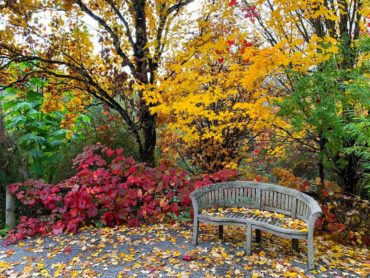
There is no such thing as a new idea, Mark Twain said. “We simply take a lot of old ideas, give them a turn and they make new and curious combinations.”
Kitsap County is the home of several botanical wonders — among them Albers Vista in Bremerton, Bloedel Reserve on Bainbridge Island and Heronswood in Kingston. Other gardens in the region beckon as well and offer a year-round introduction to native trees and plants in meadow, woodland and wetland settings that teem with animal and insect life.
These gardens are open year-round and specialize in plants that are best adapted to our climate and are water-efficient and easy to maintain. Take a day trip and learn “new and curious combinations” for your landscape.
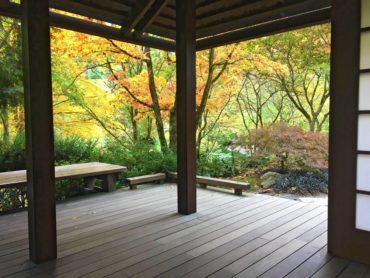
Bellevue Botanical Garden
Hours and admission: Open daily; free.
The experience: 53 acres of display gardens, meadows, wetlands and woodlands.
Fun fact: Bellevue Botanical has the largest public perennial garden in the United States.
Don’t miss: The Native Discovery Garden, featuring plants adapted to the climate and conditions of the Pacific Northwest; the Perennial Border, featuring thousands of bulbs, evergreens, perennials, shrubs and trees that provide color and beauty year-round; the Rock Garden, with tiny wildflowers, mountain hemlock and granite outcrops; the Iris Rain Garden; the Urban Meadow, featuring large swaths of grasses and perennials and a mason bee exhibit; and the Waterwise Garden, showcasing plants that conserve water, reduce runoff and preserve habitat.
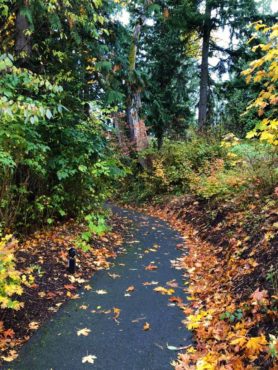
Bonhoeffer Botanical Gardens
Hours and admission: Open daily; free.
The experience: The botanical gardens are part of the Pilchuck Learning Center. There are cabins dating to the mid-1800s, displays of works by 70 glass artists, and a memorial to those who lost their lives in the last 75 years “because of indifference, their beliefs or because they were ‘different.'” (The gardens’ namesake, Lutheran pastor and anti-Nazi dissident Dietrich Bonhoeffer, died in 1945 in a Nazi concentration camp.)
Fun fact: Bonhoeffer Botanical is the Pacific Northwest’s largest native botanical garden. Sixteen interpretive kiosks help inform visitors. Paths can be traversed by wheelchair.
Don’t miss: Three types of wetlands featuring trees indigenous to Western Washington, ferns, grasses, mosses, mushrooms, shrubs and vines, as well as flower and ground-cover species.
“We try to keep the landscape as natural as possible,” said Susan Garrett, park ranger. “All plants are labeled.”
Now that restoration of the west fork of Church Creek has been established, Garrett said, “animals are starting to trust and are returning.” Visitors will likely see river otter that have taken up residence.
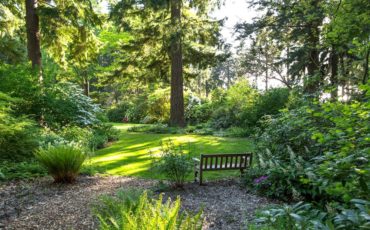
Dunn Gardens
Hours and admission: Tours April 1-July 31, Sept. 1-Oct. 31; $10 admission covers that day’s tour and one free self-guided tour on another day.
The experience: Notable features include naturalistic groupings of trees, broad lawns with borders of shrubs, and woodland walks. Plants range from diminutive fawn lilies to towering Douglas firs and rhododendrons that stand two stories high. Children can cozy up next to a Western red cedar for a docent-led story time.
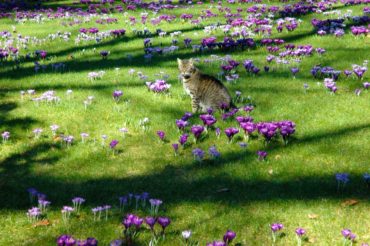
Fun fact: Olmsted Brothers, the famous landscape architectural firm, designed Dunn Gardens in 1915. The Olmsteds — John Charles and Frederick Law, Jr. — were the sons of Frederick Law Olmsted, whose urban park designs included New York’s Central Park.
Don’t miss: Dunn Gardens’ Heritage Tree Collection consists of 50 coniferous and hardwood canopy trees, including old-growth Douglas fir; and beech, magnolia, maple, magnolia, oak and tulip poplar planted as part of Olmsted Brothers’ plan more than 100 years ago. Visitors will also see two Washington state champion magnolia trees: the Sargent’s magnolia and the cucumber magnolia.
Amanda Bailey Crandall, Dunn Gardens’ trust administrator, talks of taking walks under the cool canopy, of bright showy flowers, of the peace and quiet of magnificent wooded areas.
“There is something for everyone,” she said. “There’s the historical aspect of the garden. And visitors are really going to understand how the Olmsteds designed the landscape.”
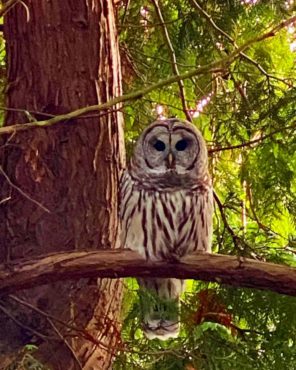
Kruckeberg Botanic Garden
Hours and admission: Friday, Saturday and Sunday year-round; free.
The experience: A 4-acre public garden containing Pacific Northwest native plants and unusual exotics, set in a naturalistic wooded setting.
Fun fact: Several trees here are the largest or rarest in the state. Birdwatchers have identified more than 40 bird species while visiting the garden.
Don’t miss: More than 2,000 species, including native and exotic conifers and hardwoods, magnolias and rhododendrons, and ferns and groundcovers.
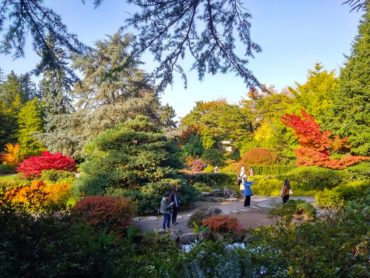
Kubota Garden
Hours and admission: Open daily; free.
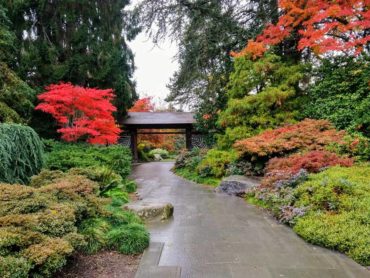
The experience: A 20-acre landscape that blends Japanese garden concepts with native Northwest plants. The gardens are a spectacular setting of hills and valleys, interlaced with streams, waterfalls, ponds, bridges and rock outcroppings with a rich array of plant material.
Fun fact: Horticultural pioneer Fujitaro Kubota established the garden in 1927, merging Japanese design techniques with North American materials. The city declared the garden a local historical landmark in 1981; Kubota donated the garden to the city for use as a park in 1987.
Don’t miss: Kubota Terrace, the Bamboo Grove, the Necklace of Ponds, the Mountainside and the Tom Kubota Stroll Garden.
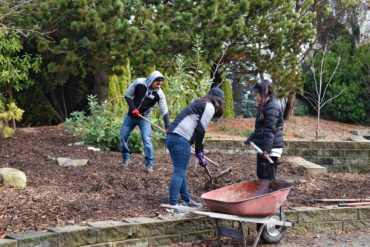
South Seattle College Arboretum
Hours and admission: Open daily; free.
The experience: The Arboretum at South Seattle College is a 5-acre botanical garden on a bluff overlooking downtown Seattle, Elliott Bay and the West Duwamish Greenbelt. The arboretum features several unique gardens, including a rose garden and a world-class conifer collection.
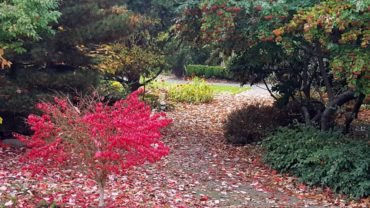
Fun fact: The arboretum is an American Conifer Society Reference Garden and a National Wildlife Federation Urban Wildlife Sanctuary. The Seattle Chinese Garden, on 5 adjacent acres, is a collaboration between the arboretum and the city of Chonqing, China.
Don’t miss: The sensory garden features plants that can be enjoyed by people with limited eyesight. Plants include those with fragrant foliage or unique textures.
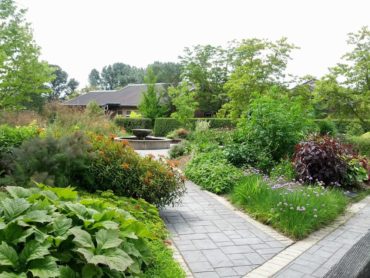
University of Washington Botanic Gardens
Hours and admission: Open daily; free admission.
The experience: A 230-acre arboretum with more than 40,000 plants; the Otis Douglas Hyde Herbarium, featuring 20,000 plant specimens; the 74-acre Union Bay Natural Area, with 16 acres of gardens; and the UW Farm, a 1.5-acre student-run urban vegetable garden.
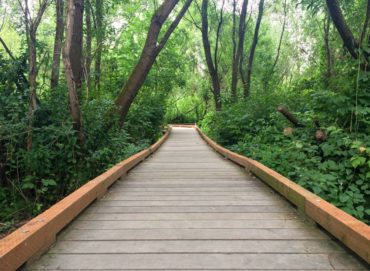
Fun fact: More than 200 bird species have been sighted at Union Bay Natural Area.
Don’t miss: The Soest Herbaceous Display Garden features more than 280 kinds of herbaceous (nonwoody) plants, including annuals, perennials and bulbs. Plants are raised in beds of sandy loam or clay loam soil, representative of common urban soils; the use of small trees demonstrates how certain plants perform in partial shade versus full sun. Learn water-wise irrigation techniques to avoid wasteful runoff and evaporation.





























Comments